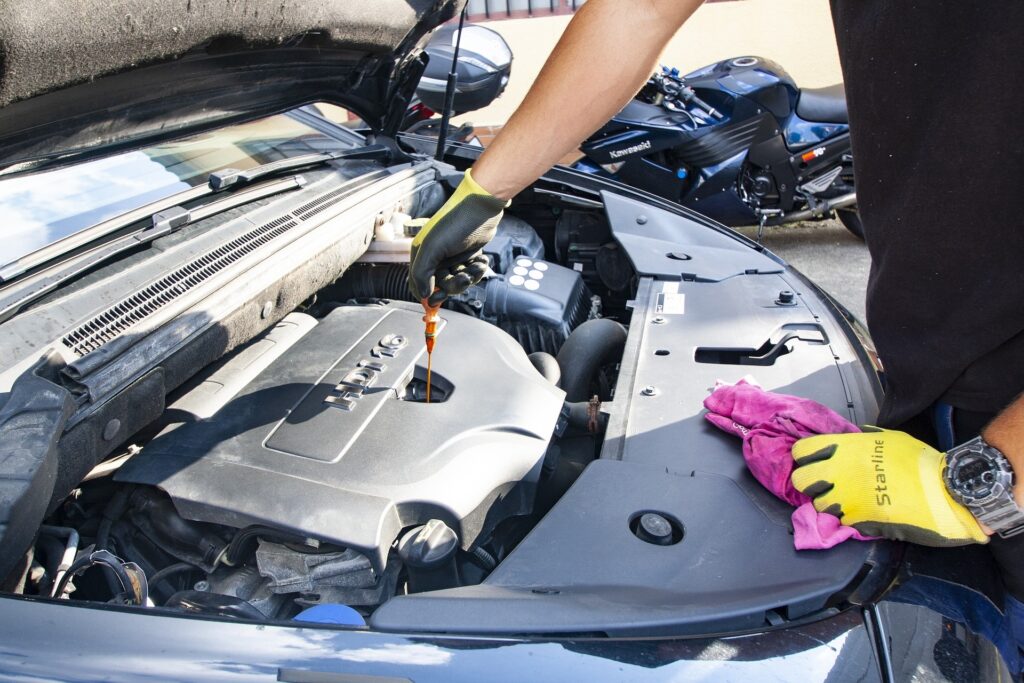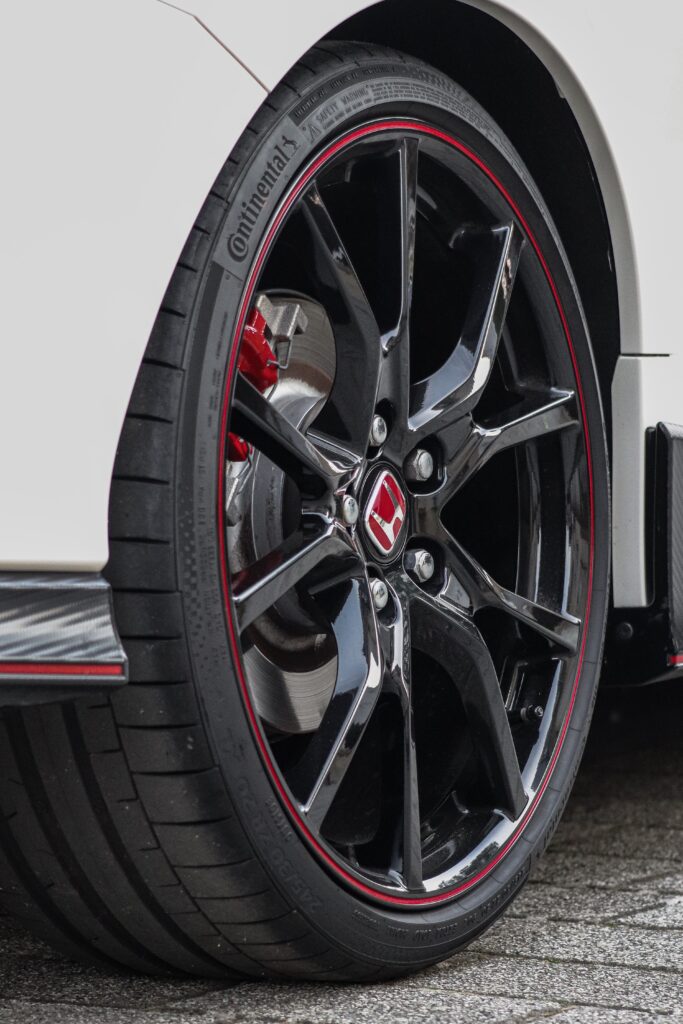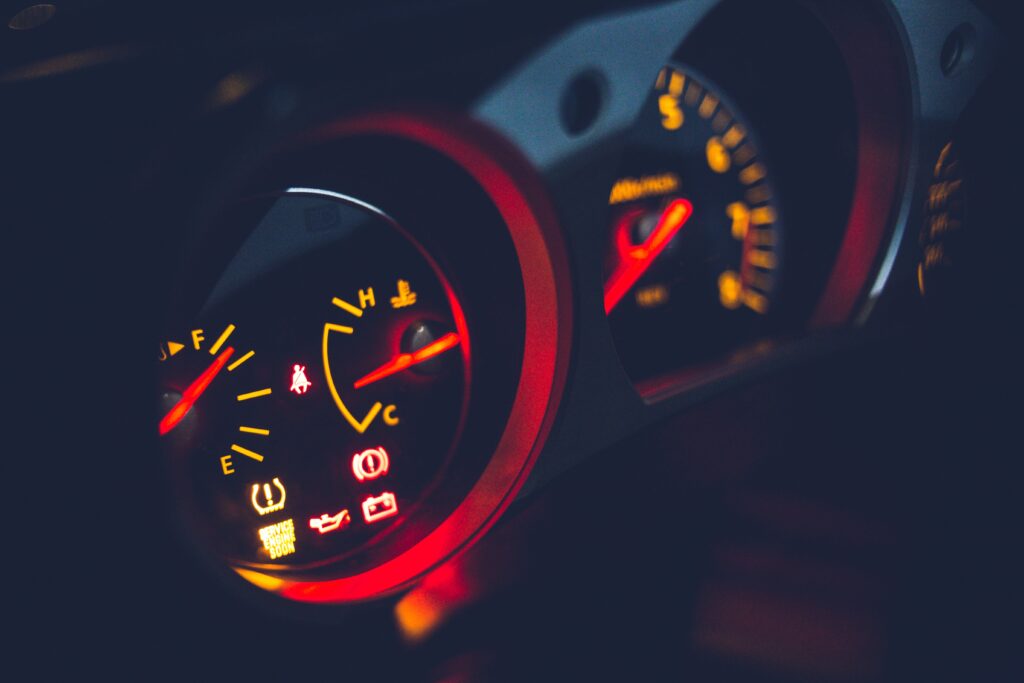In today’s world, for many of us, our vehicles play an integral role in our everyday lives. This often overlooked, yet vital ally needs optimal care to thrive and keep us moving to where we need to be. Car care not only involves keeping it gleaming and spotless on the outside but, more importantly, ensuring it remains in peak working condition. This essay will provide insights on regular car care and maintenance, understand the significance of various vehicle warning lights, and share safe and fuel-efficient driving techniques. These factors contribute substantially to the health and longevity of your vehicle, ultimately saving you any future costs and ensuring a seamless driving experience.
Car Care #01: Regular Maintenance and Servicing
The Importance of Regular Vehicle Maintenance for Sustained Longevity
A vehicle is more than just a set of wheels to get you from point A to point B. It’s a finely tuned mechanism of interconnected systems, each contributing to the overall performance and, ultimately, the lifespan of the assembly. Much like a beloved pet or an essential tool of any empowering hobby, your vehicle requires regular and meticulous care.
Simply put, regular car care and maintenance is the lifeblood of your vehicle’s longevity. First off, it ensures optimal performance. A well-maintained vehicle runs more efficiently, provides safer operation, and prevents major repairs. So buckle up, pop the hood, and let’s delve into why regular vehicle maintenance is karma for your car’s life cycle.

To begin, let’s consider engine oil, often dubbed the lifeblood of the vehicle. This fluid not only lubricates the myriad of moving parts to prevent damage from friction, but it also cools engine components and helps to keep the engine clean by removing dirt and sludge. Regularly checking and changing engine oil according to your vehicle’s maintenance schedule can ward off nasty, wallet-draining issues down the line.
Next up in the car care and maintenance lineup is the cornerstone of vehicle safety – brake maintenance. Brakes understandably face a good deal of wear and tear. Regular checks and part replacements ensure that your brake system continues to function effectively and safeguard against larger, AND costlier, problems in the future.
Filters, questionable little components, are often overlooked in the grand scheme of vehicle care. Yet, be it the engine air filter, the cabin air filter, or the fuel filter, each plays a critical role in the smooth operation and longevity of your vehicle. By trapping harmful particles and dirt, filters protect the integral systems of the vehicle from damage and wear. Regular filter changes are a small investment against the potential big cost of system failure.
Let’s not forget the cooling system, a knight in shining armor for the engine, ensuring it does not succumb to overheating. After all, an overheated engine equates to a breakdown and potentially significant repair costs. Regular checks and coolant replacements will keep your engine temperature in check and your vehicle chugging along smoothly.
Last but not least, regular maintenance of tires cannot be stressed enough. Tires are the literal point of contact between your vehicle and the road. Bald, under-inflated, or unbalanced tires can lead to poor handling, reduced fuel economy, and even accidents. Regular checks for tire wear, correct pressure, and alignments are essential for the vehicle’s performance and safety.

In summary, your vehicle is an intricate orchestra, with each part performing its unique function. Like any great symphony, harmony is key, and that is achieved, in part, through regular maintenance. So, if longevity’s your aim, remember regular checks and timely repairs are the name of the game.
Imagine a vehicle breaking down less, running optimally, maintaining its value, and offering a safer ride. That’s the power of regular maintenance transforming your vehicle from just a mode of transportation to a trusted, long-standing companion on your life’s many road trips. It really comes down to this simple equation: regular care equals longer vehicle life. That’s a win-win for any auto enthusiast. So, save money, enrich safety, and empower longevity by making vehicle maintenance your hobby’s best practice. Here’s to many more miles on your beloved beast!
Car Care #02: Understanding Vehicle Warning Lights
Decoding Your Car Dashboard Warning Lights
Pivoting from your usual car care and maintenance routine, it’s time to illuminate the often puzzling world of car dashboard warning lights. Being acquainted with these tiny alert icons can save you from budding car troubles or hazardous driving conditions. Plus, can there be a more profound way to bond with your precious drive? Not likely!
33% of drivers can’t accurately identify the basic common car warning lights. Don’t fall into this statistic! Engage your inner auto enthusiast and dive into the colorful spectrum that is your car’s communication language.

First things first, while the colors and symbols may vary slightly, they usually fall into three basic colors:
- Red: Consider these top priorities. They demand immediate attention and typically indicate a critical issue like low oil pressure, overheating, or brake system malfunction. It’s advisable to stop your car safely at the earliest opportunity to examine and address the issue.
- Yellow/amber: These are cautionary lights, suggesting something needs checking soon. These might indicate issues with vehicle stability control, engine management, or low coolant. You probably don’t need to pull over immediately, but you should aim to schedule a service soon.
- Green/blue: These are usually informational lights, signifying that a certain system is working as expected. This category includes headlights, fog lights, and cruise control indicators.
Now that the color basics are covered, let’s delve into some specific commonly seen warning lights:
- Engine warning light (usually a little engine icon): This could indicate a broad range of issues, from a loose gas cap to a more severe engine malfunction. If it’s glowing yellow, it’s best to get it checked as soon as possible. A red light, however, signifies that immediate action is necessary.
- Battery warning light (resembles a battery): This means the vehicle’s charging system is potentially faulty. If not attended to promptly, your car might run out of power. If it lights up while driving, try to reach a repair center without delay.
- Coolant temperature warning light (a thermometer submerged in a liquid): This signals your engine is overheating. An immediate pull-over in a safe spot is a must. Continuing to drive an overheating engine can result in significant, and sometimes irreversible, damage.
- Tire Pressure Monitoring System Warning Light (a horseshoe-shaped icon with an exclamation point): This is an indication of low tire pressure. It is essential to replenish the air in your tires to the recommended tire pressure as low pressure can decrease your fuel economy and can also potentially cause tire failure.
- Oil Pressure Warning Light (an oil can symbol): An illuminated Oil Pressure Warning Light signifies that your engine has low oil pressure, which can lead to significant engine damage if not immediately addressed. Upon seeing this light, safely stop your car and check the oil level using the dipstick.
Remember, knowledge of these symbols doesn’t replace an experienced mechanic. Always consult with a professional to prevent escalating a small issue to a major one. Ignoring these warning lights can lead to expensive repair bills or, in the worst scenario, compromise your safety.
Time taken in learning these icons is a win-win, equipping you with the tools to be proactive, keep your vehicle in the best shape, and hold the baton of peace of mind. After all, isn’t this what every auto enthusiast aspires to achieve?
Concluding only on a note of advice: Be the maestro of your vehicle’s dashboard!
Car Care #03: Safe and Fuel-Efficient Driving Techniques
Driving practices can immensely contribute to the peak performance and fuel efficiency of your vehicle. Yes, you’ve got the regular car care and maintenance down, but remember, “an ounce of prevention is worth a pound of cure.” So, let’s delve into the art of driving wisely.

The act of understanding fuel-efficient driving techniques is akin to mastering an instrument. It takes time, patience, practice, and a little know-how. These techniques can not only save you money at the pump but also enhance your vehicle’s longevity, affirm your commitment to environmental sustainability, and may even elevate your journey from A to B into a more engaging and enjoyable experience.
Begin by exploring light-footed gas pedal usage. This is the basis of fuel-efficient driving. Opt for gradual acceleration over sudden starts. Imagine a cup of coffee in your lap, steadily increasing the speed in a manner that won’t spill a drop. This smooth acceleration decreases strain on the engine, reduces fuel consumption, and yes, keeps your coffee from sloshing around.
Next, let’s discuss speed. A vehicle’s fuel economy usually decreases rapidly at speeds above 50 mph, akin to trying to play a rapid-fire sonata on a violin — you’ll tire out faster and potentially blow a string. The sweet spot for most cars, trucks, and SUVs is typically between 30-50 mph. Strive to maintain this optimal pace, and you’ll witness increased mileage per gallon.
Another significant determinant of fuel efficiency is how you handle your brakes. Resist the temptation to rail on your brakes or come to quick stops unless it’s an emergency. Bringing your vehicle to a gradual stop diminishes brake wear and tear and conserves momentum that can be used to assist in the subsequent acceleration.
Furthermore, don’t overlook the magic of cruise control. This feature allows you to maintain a constant speed, thus preventing unnecessary acceleration and enhancing fuel efficiency. It’s like employing a metronome during a music session, helping keep a steady rhythm.
Lastly, consider carpooling or combining trips. Consolidating your errands into one trip not only saves you time but also keeps your engine warm, which is more fuel-efficient. It’s somewhat like a group jam session, it’s more efficient, and it sure does save individual playing time.
These driving practices position you as an enlightened motorist who’s not merely passionate about mechanics but appreciates the symphony of auto dynamics. It promotes harmony between the driver and the vehicle, leading to optimal performance, longevity, and gas mileage. It empowers you to get the most out of your vehicle, extending the life of its components and helping it offer top-notch performance consistently. So, buckle up, ease into it, and let’s make driving a fine art.
Conclusion
Implementing regular car care and maintenance, comprehending warning light signals, and adopting fuel-efficient driving practices can significantly sustain your car’s performance and lifespan. Empowered with this knowledge, you can take proactive measures, ensuring your vehicle remains reliable, safe, and efficient on the road. It’s all about creating harmony between you, your vehicle, and the road. Having absorbed the information in this essay, you can confidently face the journey ahead, knowing that your vehicle is in its most optimal state. Always remember, a well-cared vehicle equals a safe and enjoyable ride.



